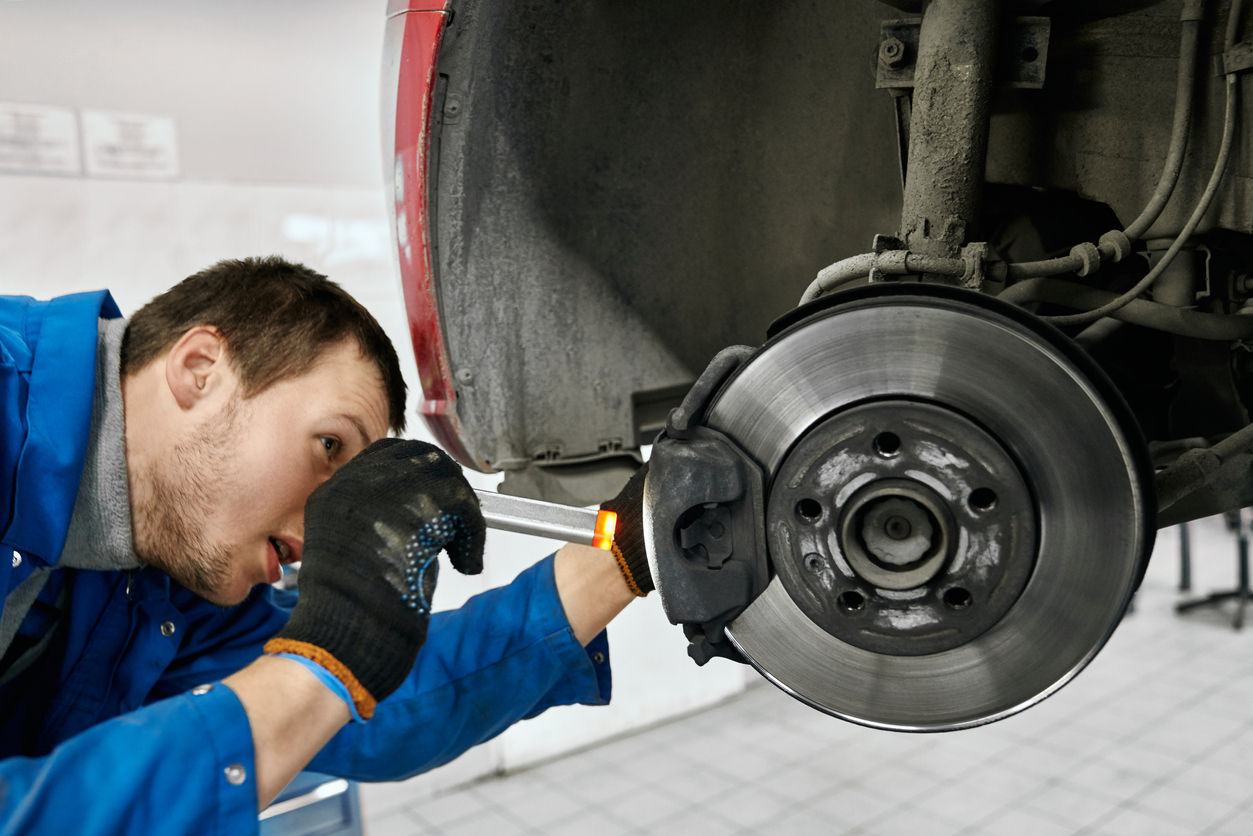Jan 20, 2021

Brake discs are usually an iron disc that is attached to the suspension of a car, motorcycle or even a bicycle and is gripped by brake pads held in a brake caliper. The friction between brake discs and the pads is what brings your car to a stop.
Brake discs have numerous advantages as they dissipate heat quickly and provide strong, consistent braking performance. They also give a driver more feel at the pedal, making it easier for them to find the correct pressure for braking resulting in a smooth stop.
Most drivers know they need to perform regular maintenance to keep a vehicle in good, working condition and that can involve changing engine oil, checking tyre pressure and other vital fluid levels. Some components require more maintenance than others and in terms of the braking system, you need to give thought to everything beyond brake fluid and pads.
Importance of Brake Discs
Brake rotors or brake discs are what your vehicle’s brake pads clamp down on to stop the wheels from spinning and many drivers are surprised by the fact brake discs are just as important to stopping a vehicle as the brake pads are. Like other brake parts, there are many different types of discs available.
Different types of Brake Discs
Solid Brake Discs
As the name implies, these brake discs are a solid, block material, which is typically iron. They are cheap to manufacture and to buy, there’s nothing wrong with them and are a suitable budget option but they won’t be as good at managing heat as others available.
Vented Brake Discs
Vented brake discs are more common and are typically fitted to modern cars. The design of vented brake discs sees the two ‘faces’ of the disc spaced apart, giving more cooling room and allowing heat to escape. This then prevents the disc from getting too hot and possibly cracking. It also increases the lifespan of your brake pads.
Drilled Brake Discs
When brake pads are put to heavy use, they release gases and particles which then form a layer that prevents the pad from touching the disc effectively, this is more commonly known as brake fade. Drilled holes can be put through the disc meaning the gas has somewhere to escape to and this also reduces the weight of the part. However, drilled brake discs mean there’s less disc to dissipate heat and this can result in stress points potentially leading to cracks. Drilled brake discs are more common in performance cars.
Slotted or Grooved Brake Discs
Slotted or grooved brake discs design allow gases to escape and come with other benefits such as ‘scraping’ action introduced by the slots to clean the pad, edges of the grooves increase friction (at the expense of pad wear).
Dimpled Brake Discs
Another option for letting those gases escape are dimpled brake discs, which are only drilled part-way through, meaning structural integrity stays intact while still giving debris and gases a chance to escape.
Carbon-Ceramic Brake Discs
One of the most extreme ways to approach heat management is by using a carbon-ceramic brake disc. Hot discs mean hot pads, however, this material is much more resistant to heat and is less likely to warp during heaving use. However, they’re not that common as they are expensive to make and you may find yourself being charged a hefty price for adding them to your new car.
Are you having issues with your car’s braking system? Here at MyCarNeedsA.com, we can help you gather quotes from local mechanics in your area, saving you both time and money. Get your quotes!